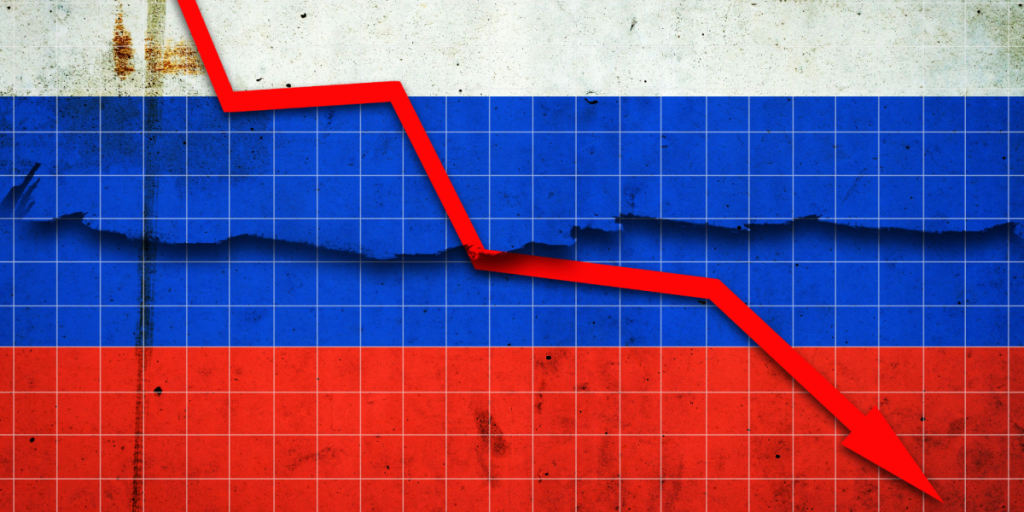According to the Atlantic Council, if current trends persist, Russia’s population, 146 million in 2024, could be slashed in half by the end of the century
Others are reading now
President Vladimir Putin is facing a growing crisis that could reshape Russia’s economic future. While Western sanctions have battered the country, a deeper threat is emerging from within: a rapidly shrinking workforce and plummeting birth rates.
Five-Year Warning: Labour Minister Sounds the Alarm
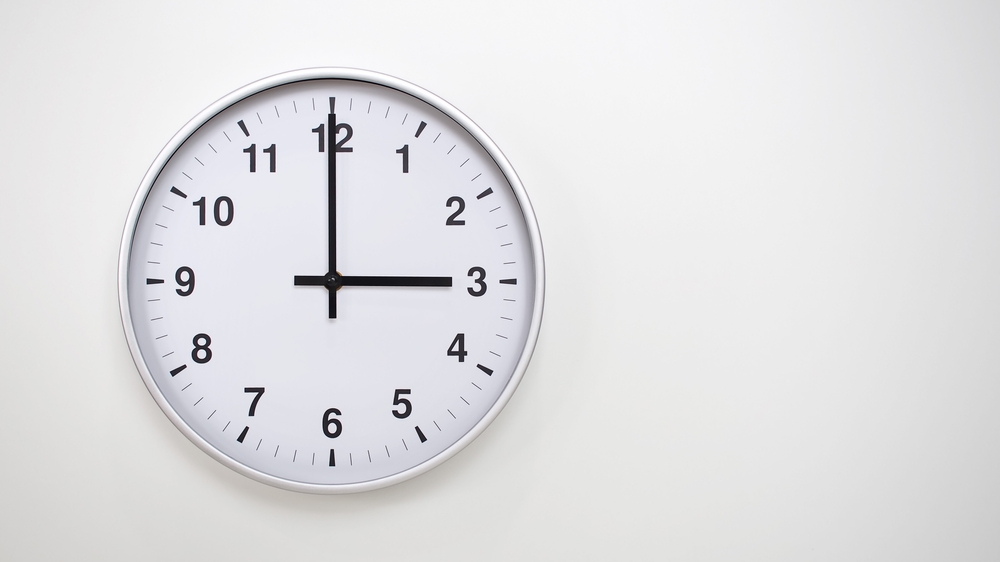
At a Kremlin meeting on Tuesday, Labour Minister Anton Kotyakov warned that Russia must find nearly 11 million workers by 2030 to replace those nearing retirement. If productivity doesn’t improve, he said, the country could face a devastating personnel shortage.
Shrinking Workforce, Soaring Pressure
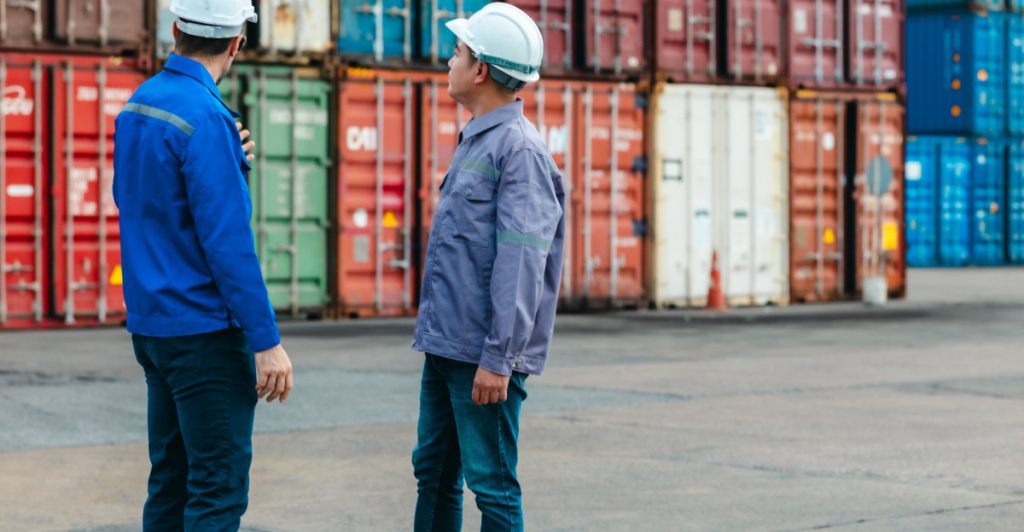
Russia is bracing for a sharp demographic drop-off. With 10.1 million people set to retire in the coming years and birth rates at historic lows, Kotyakov’s warning adds urgency to a crisis the Kremlin has long tried to downplay.
Birth Rates Hit Record Lows
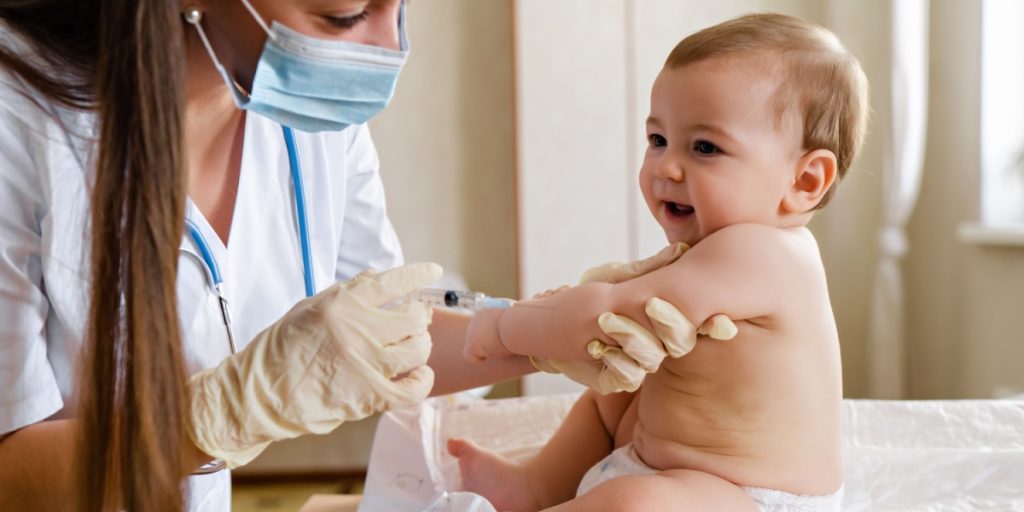
Russia’s birth rate fell to just 1.22 million last year, the lowest figure since 1999. At the same time, the national death rate crept up by 3.3%, painting a bleak picture of population sustainability despite various government incentives.
Kremlin Pushes for Bigger Families

Putin’s administration is ramping up measures to encourage childbearing, including financial bonuses and tax breaks for large families. But so far, these efforts haven’t reversed the trend, and scepticism remains over whether they’ll be enough.
Also read
Forecast of Population Collapse
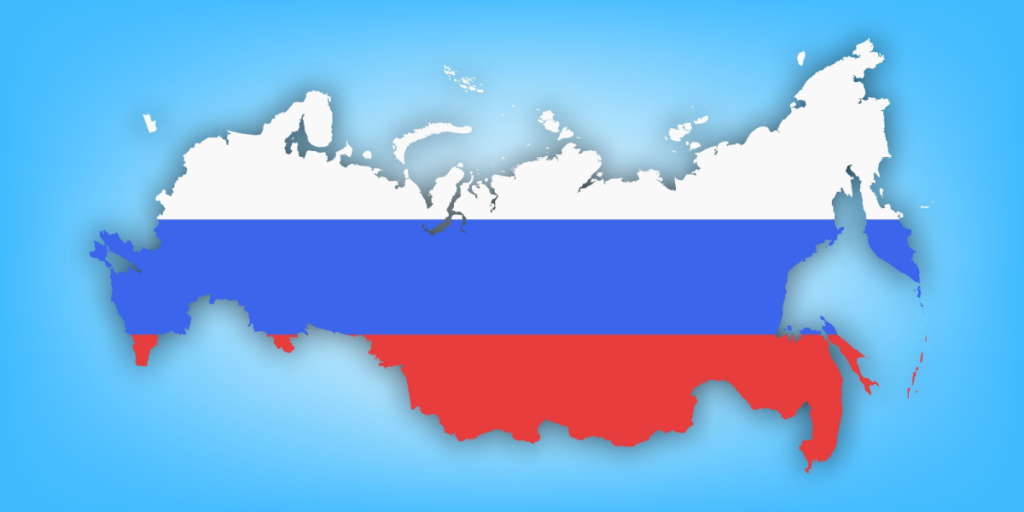
According to the Atlantic Council, if current trends persist, Russia’s population, 146 million in 2024, could be slashed in half by the end of the century. Such a drop would not only strain the economy but also compromise national stability.
Ukraine War Fuels Exodus and Casualties
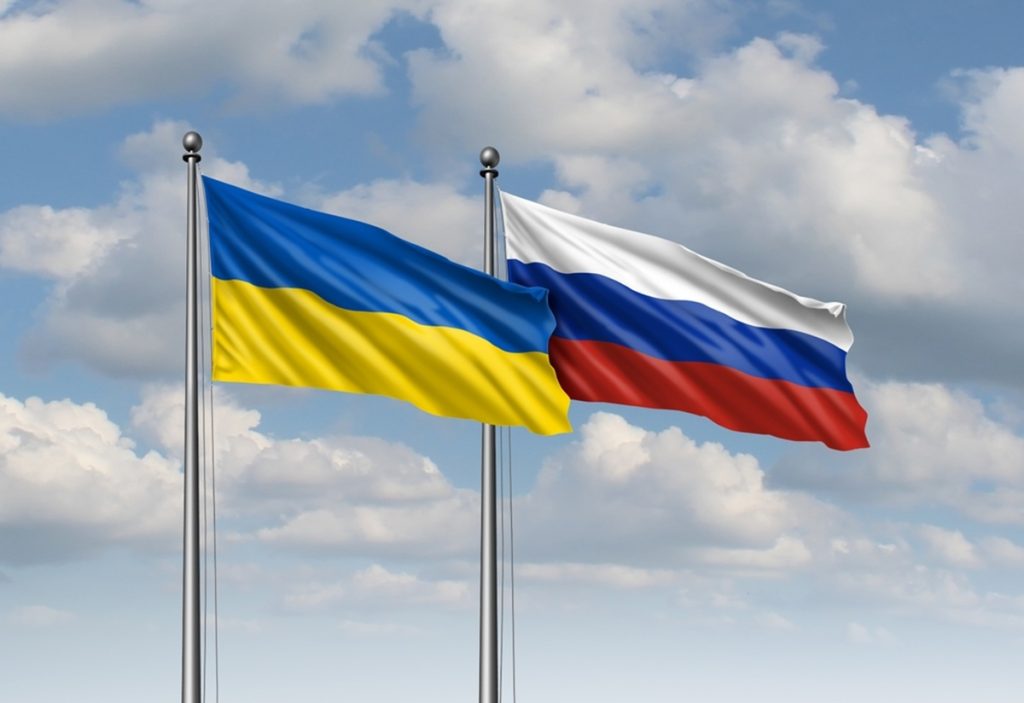
The war in Ukraine is exacerbating the crisis. An exodus of young professionals and mounting military casualties are further depleting Russia’s labour pool, accelerating a decline that may be difficult to reverse.
Inflation Rises Amid Wage Surge

The labour shortfall is already hitting the economy. With fewer workers available, wages have increased, but this, in turn, has driven up inflation. It’s a vicious cycle the government has yet to control effectively.
Recession Fears Confirmed
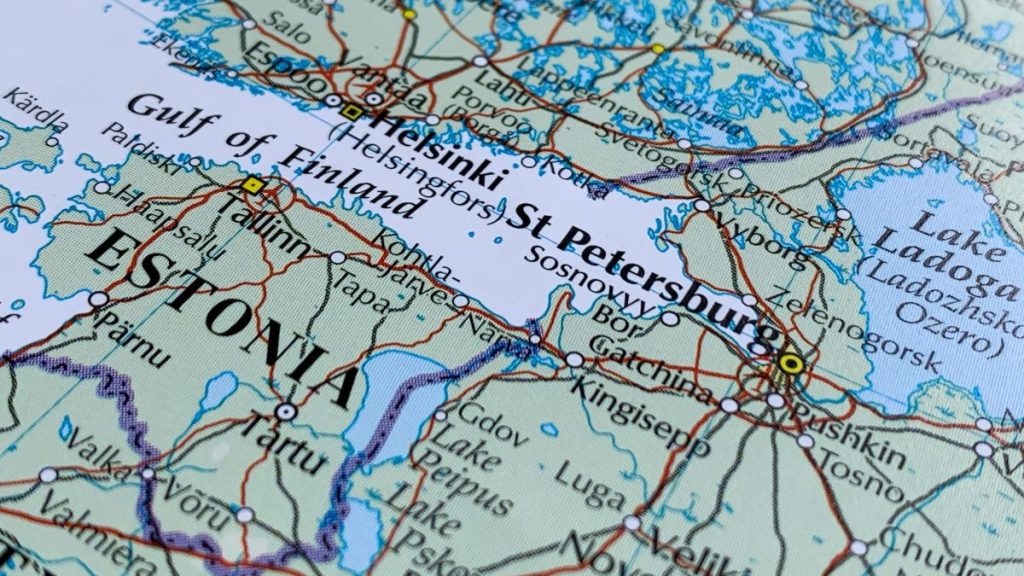
At the St. Petersburg International Economic Forum, Economy Minister Maxim Reshetnikov admitted Russia is “on the brink of recession.” Despite efforts to project confidence, the data tells a different story and the business community is feeling the chill.
Teens and Pensioners Called to Action

In a desperate move, the Kremlin is reportedly encouraging both retirees and teenagers as young as 14 to enter the workforce. While such policies may offer temporary relief, they underscore the scale of the labour crisis.
Also read
Long-Term Instability Likely
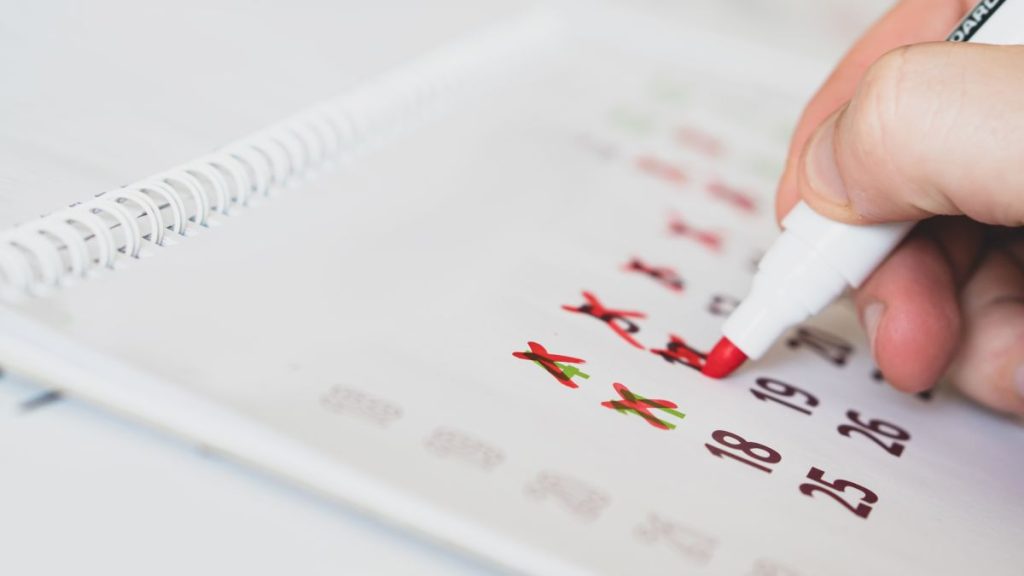
With no quick fix in sight, economists warn of a long-term destabilisation of Russia’s economy. The combination of a declining population, labour shortages, inflation, and war-related losses could make the next decade deeply unpredictable.
Policy Tools Running Thin
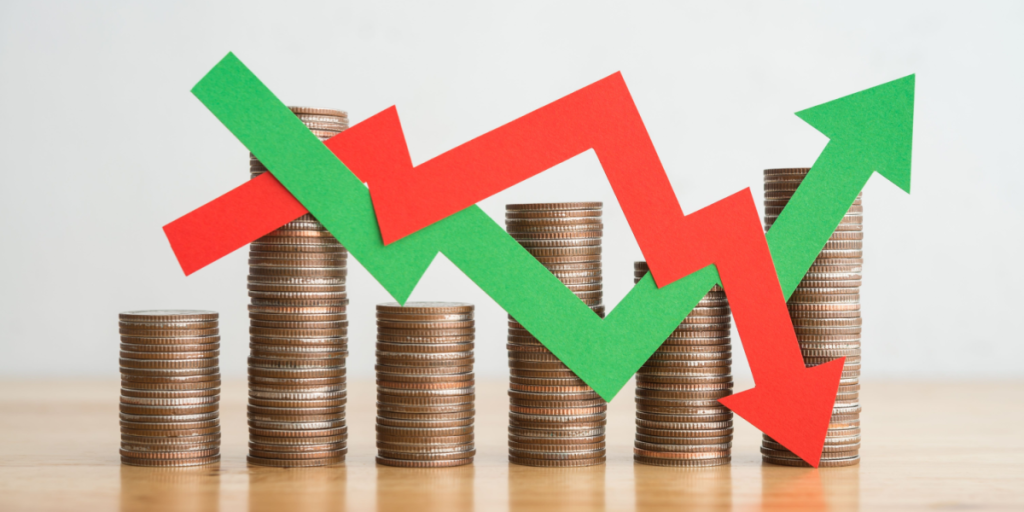
Government incentives have so far failed to shift the tide. Cash handouts and tax breaks haven’t led to a baby boom, and public trust in state-led solutions is wearing thin. The Kremlin may need to rethink its approach entirely.
Geopolitical Implications at Stake
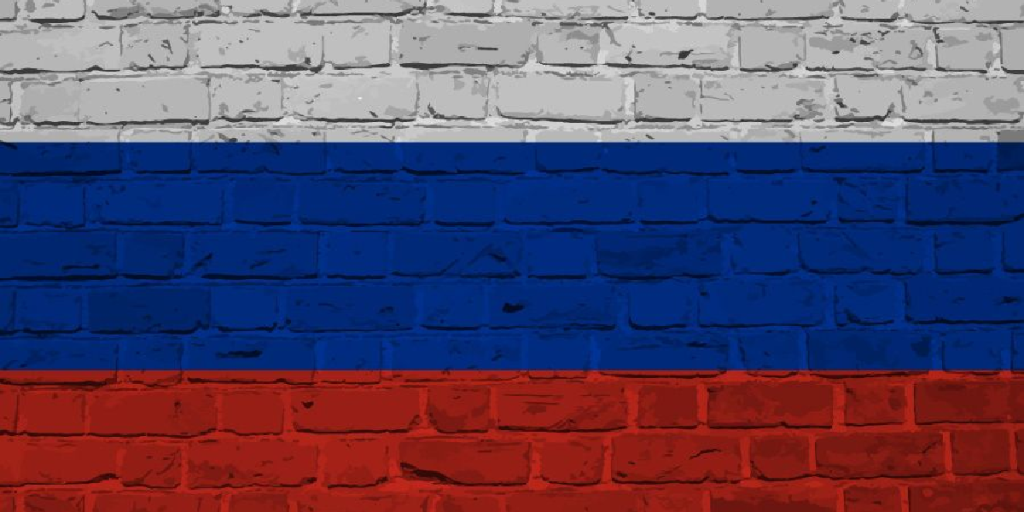
A demographic decline of this scale doesn’t just affect Russia internally it has broad geopolitical consequences. A weaker Russia could lose influence on the world stage, especially as rival powers continue to grow.
Western Sanctions No Longer the Primary Threat
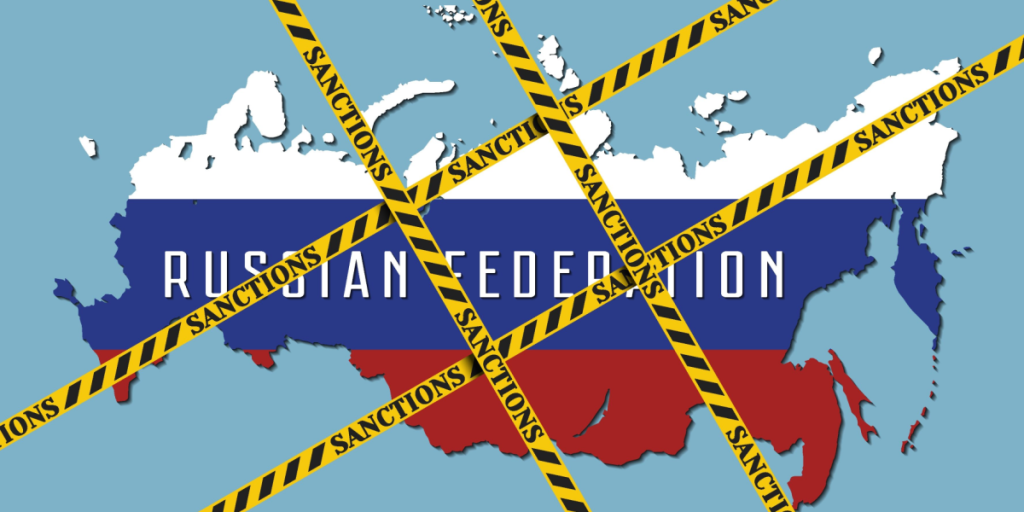
Once considered the greatest threat to Russia’s economy, Western sanctions are being overtaken by this internal demographic time bomb.
As labour gaps widen, economic recovery will grow increasingly out of reach.

